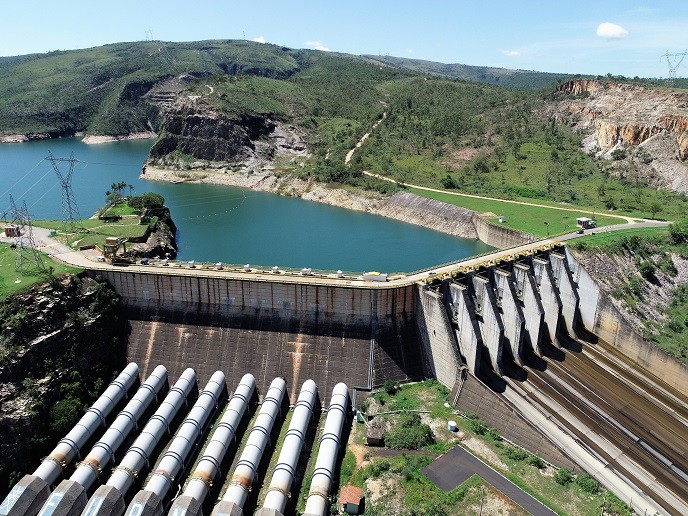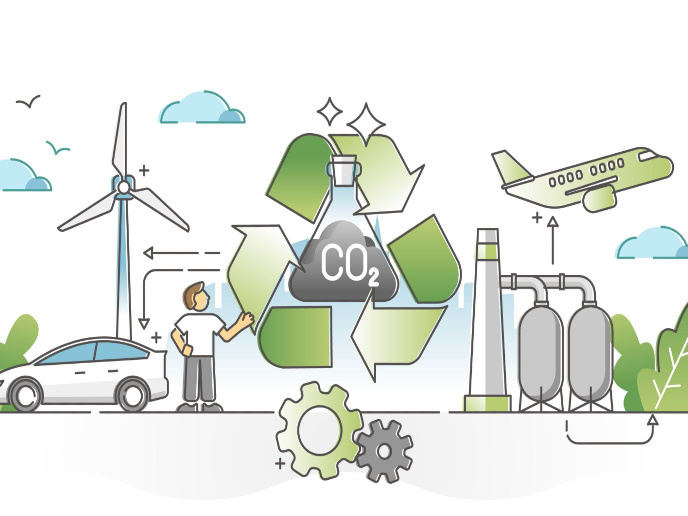Tropical dams: An underestimated source of greenhouse gas emissions
Hydropower dams are rising on rivers in tropical regions, and their energy is promoted as vital to their economic development. In Brazil, for example, hydroelectric plants (some of them located in the Amazon) produce around 75 % of the country’s energy(opens in new window). Facing increasing demand for renewable electricity, the country’s hydroelectric generation capacity is projected to expand to 112 GW by 2024. Beyond the current boom, tropical dams and hydropower are an underappreciated suite of players in global warming as the water reservoirs behind them release methane. Although it remains in the atmosphere for only a few years, methane is 28 times more powerful than CO2(opens in new window) at trapping the Sun’s heat. While researchers have long suspected the potential negative environmental impact of the development of dams in tropical regions, existing data suffered from several shortcomings.
A sink-to-source balance
The EU-funded HYDROCARB project was established to assess the real greenhouse gas footprints of tropical reservoirs. Funded through the European Research Council, HYDROCARB is different from previous studies in that it investigates not only carbon emissions, but also carbon storage in trapped sediments that have so far been largely overlooked in the greenhouse gas debate. “Our aim is to produce new, fundamental knowledge about the carbon and greenhouse gas balance of tropical reservoirs. Under which circumstances are methane emissions higher than the carbon stored in trapped sediments, and which factors could upset this balance?” asks project coordinator Sebastian Sobek. This knowledge could facilitate estimations of carbon emissions and burial in small and large reservoirs, and even in other parts of the world.
River inflows are methane emission hotspots
A central pillar of HYDROCARB studies was that greenhouse gas emissions are highly variable in space. Neglecting this variability, for example by taking measurements only close to the dam, can lead to false estimates of the reservoir’s emissions. The project conducted the first systematic study on the existence of methane emission hotspots as well as the carbon sinks across the entire reservoir area, including river inflow areas. River inflows are likely to emit several times more methane than areas close to the dam.
Aquatic life acting as a conduit for methane
Tropical reservoirs can act as ‘methane factories’, removing CO2 from the atmosphere and returning it as methane with a much greater impact on the environment. Water plants, phytoplankton and algae take up and bind CO2 as they grow, but when they die, they sink to the bottom where they are digested by methane-producing microbes in the sediment. “We found that methane bubbling (ebullition) was the most relevant conduit for greenhouse gas emissions in most reservoirs under study. Unfortunately, this emission pathway is the most difficult and cumbersome to assess,” notes Sobek. Researchers concluded that by curbing the supply of nutrients to rivers and reservoirs, for example through treating sewage water or better managing fertiliser use, water plants and phytoplankton would grow less and thus supply less food to the methane-producing microbes. “Overall, the study shows that tropical dams as a renewable energy source do not come without their greenhouse gas costs. Preliminary data show that although trapped sediment can act as a carbon sink, in no case can it outweigh the large amounts of methane released,” concludes Sobek.







